Diane’s Newsletter 16th October 2018
 is the third letter of the English and many other alphabets. Some historians believe that it may have originated from the Phoenician sign for camel (gamal), though this theory is not accepted by everyone. By the time C was brought to England by the Romans it was the sound that we now associate with K, and English words borrowed into languages like Gaelic, Irish and Welsh have retained this hard C. During the Old English period the C gradually softened into the [tʃ] sound we recognize in words like city, circumference (containing both C sounds) and certify. This resulted in two C sounds – one hard and one soft. The softening of the C sound is also evident in other Latin languages.
is the third letter of the English and many other alphabets. Some historians believe that it may have originated from the Phoenician sign for camel (gamal), though this theory is not accepted by everyone. By the time C was brought to England by the Romans it was the sound that we now associate with K, and English words borrowed into languages like Gaelic, Irish and Welsh have retained this hard C. During the Old English period the C gradually softened into the [tʃ] sound we recognize in words like city, circumference (containing both C sounds) and certify. This resulted in two C sounds – one hard and one soft. The softening of the C sound is also evident in other Latin languages.
At 3%, C is not one of the most used letters in the English language. If it were to be removed (and that is not at all likely), I suppose that we could always make do with S and K. It is a friendly looking letter (wouldn’t you agree?) without any sharp edges, so I really feel that we should retain it.
From a numerological point of view, C has a lot to do with creativity. It is spontaneous and inspired. People whose names begin with C are usually good talkers as well as being friendly and sociable. They usually enjoy the lighter side of life, and, unless they have conflicting energies due to other letters and numbers, they express the joy and the happiness of living.
The colour associated with C is yellow.
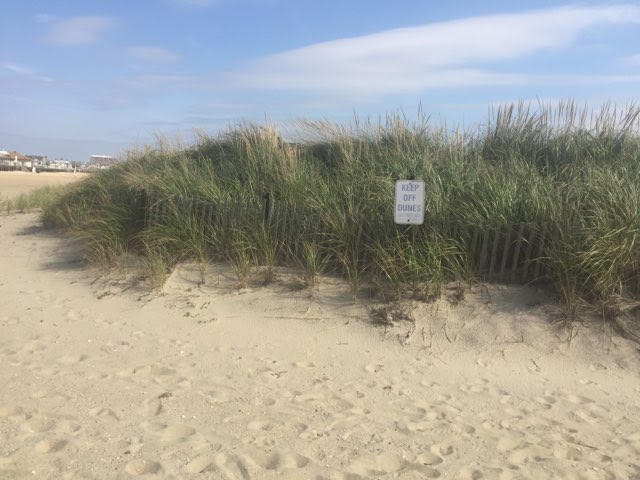
One of my favorite places is the beach at the New Jersey (USA) shore where I live. This is the stormy season along the eastern US coast whether it is a tropical storm working its way up or a nor’easter rolling in. The wind and the water can take their tolls, as many people around the world know.
In the past decade, there have been a few serious storms here. Fortunately, our little town had dunes along the beachfront. The dunes curtailed damage that surrounding towns (without dunes) experienced.
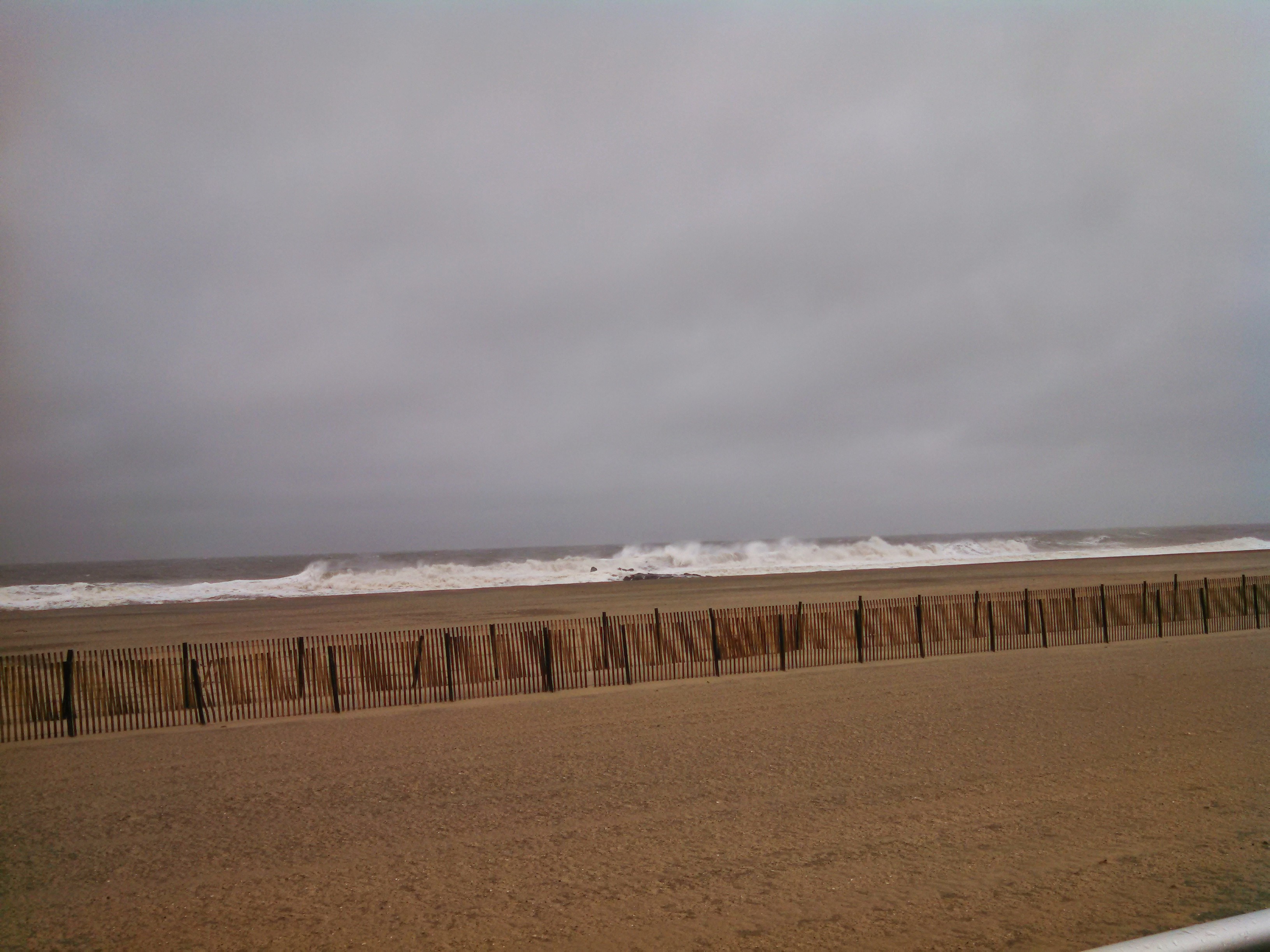
Dunes are found along beaches, as well as in deserts. I never gave much thought to their protective qualities until I saw the profound and devastating consequences of beaches and beach towns without dunes. After our last major storm SANDY, the boardwalk and beachfront homes were intact. Yes…there was damage, but deterred by the presence of the dunes.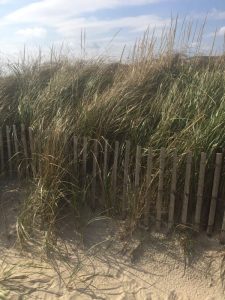
Dunes form naturally but can take many years to form. In some places, dunes are “rebuilt” in an ecologically friendly way.
Wooden fences were erected in a rectangle formation where the dunes had been previously. Requests for Christmas trees (post-holiday season) were made and the response overwhelming. Once the fenced areas were filled with trees, sand was excavated from the area, and covered the trees. Wind brought more sand to the dunes, they became larger, and later, dune grass and plants were put in.
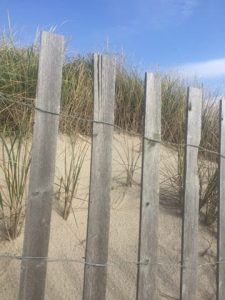 So…the dunes are back! There is a great deal written about dunes and their plant life…interesting and good reading.
So…the dunes are back! There is a great deal written about dunes and their plant life…interesting and good reading.
Check out these interesting youtube videos:
CHRISTMAS TREES HELP TO REPLENISH BRADLEY BEACH
HOW SAND DUNES PROTECTED A JERSEY SHORE TOWN
All images supplied by Carol

Crime and Caroline Grills
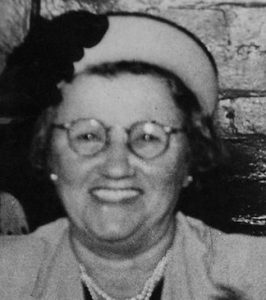 Caroline Grills was born in Balmain, Sydney in 1888. When she was twenty she married Richard Grills and they had six children, two of whom died before reaching adulthood. For forty years the Grills family moved around Sydney from rental property to rental property until 1948, when Caroline’s father died and she inherited his house in Gladesville. Richard, who was a labourer when Caroline first met him had, by the 1940s, gained employment as a real-estate agent.
Caroline Grills was born in Balmain, Sydney in 1888. When she was twenty she married Richard Grills and they had six children, two of whom died before reaching adulthood. For forty years the Grills family moved around Sydney from rental property to rental property until 1948, when Caroline’s father died and she inherited his house in Gladesville. Richard, who was a labourer when Caroline first met him had, by the 1940s, gained employment as a real-estate agent.
A short, grandmotherly-looking woman, known to the family and friends as Aunty Carrie, she would often visit her relatives and serve tea and cakes, no one suspecting that the tea often contained large amounts of rat poison or thallium.
In the late 1940s, her eighty-seven-year-old stepmother, a sister-in-law and two other relatives died. Another sister-in-law and her daughter became very ill, displaying the symptoms of thallium poisoning: loss of speech, loss of hair, nervous disorders and reduced sight, but only after Aunty Carrie had been visiting. When there was a lapse in her visits, their symptoms disappeared.
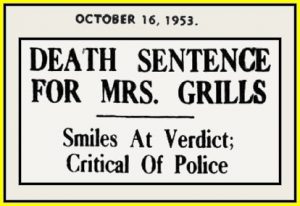
The sister-in-law and her daughter both became suspicious (there had been a lot in the newspapers about the effects of thallium) and they alerted the authorities. Two of Caroline’s recently deceased relatives were exhumed, and the police discovered traces of thallium. In 1953, Caroline Grills was brought to trial, and, although she claimed that she was innocent and insisted that the police were pressuring her relatives to have her convicted, she was tried and sentenced to death. An appeal the following year did not change her conviction but had her death sentence altered to life in prison (Sydney’s Long Bay Gaol) where she was affectionately known as Aunt Thally. In 1960, she died from peritonitis, following a ruptured gastric ulcer. Her husband and her four children all survived her.
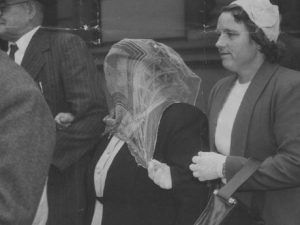
No one knows what induced her to kill so many of her relatives. Anger, envy, revenge? Outwardly she was the sweet grandmother, serving tea and cakes, but inwardly she was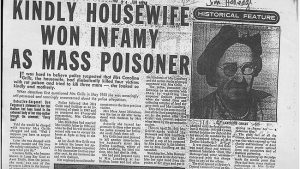 someone else altogether. It is not impossible that she was ‘unhinged’ as, during her trial, she had a tendency to laugh maniacally at nothing in particular; however, the question is whether a person with impaired reasoning would be able to carry out so many murders as efficiently as she did.
someone else altogether. It is not impossible that she was ‘unhinged’ as, during her trial, she had a tendency to laugh maniacally at nothing in particular; however, the question is whether a person with impaired reasoning would be able to carry out so many murders as efficiently as she did.
Images:
Caroline Grills from The Paranormal Guide
Caroline on her way to court from The Queensland Times
Newspaper notice from The Unknown History of Misandry
Newspaper article from The Herald Sun
Chana Masala is an Indian curry dish where the main ingredient is chickpeas. Some of the other ingredients are coriander, tomatoes, ginger, chillies and garlic. It is easy to prepare and can be served on its own with yoghurt and/or with rice.
Ingredients
2-3 tablespoons sunflower oil
3 cloves of garlic, chopped
1 teaspoon yellow mustard seeds
1 brown onion, thinly sliced
1 tablespoon fresh ginger, grated or finely chopped
1 tablespoon garam masala
1 teaspoon cumin seeds
2 teaspoons ground coriander
1/2 teaspoon black pepper
1/2 teaspoon turmeric
1/4 teaspoon chilli powder (or dried chillies)
400g can diced tomatoes
2 x 400g cans chickpeas, rinsed, drained
50g baby spinach
Salt or herb salt to taste
For serving
Extra baby spinach
Natural yoghurt
Lemon wedges

Heat the oil in a large saucepan. Add the onion, cumin and mustard seeds and cook until the onion is soft (a few minutes). Add the garlic and ginger and cook for a further minute. Add the garam masala, turmeric, black pepper, coriander and chillies/chilli powder. Add the tomatoes and 125 ml water. Reduce the heat, cover and let simmer for about 10 minutes.
Now add the chickpeas (drained) and the spinach. Stir carefully until the spinach has cooked. Add salt/herb salt. Serve with yoghurt, lemon wedges and extra spinach leaves. The chana masala can also be served with rice and/or naan bread.
Variation
You can also combine the garlic, ginger and chillies with 1 tablespoon lemon juice and 1/2 teaspoon salt/herb salt in a mortar and pestle. Add the paste to the onions once they have turned soft and light brown. If you do this you should not have to add salt at the end of cooking.
Recipe inspired by www.taste.com.au
Image from www.taste.com.au
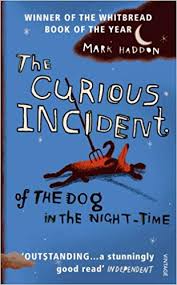 Many of you will have read The Curious Incident of the Dog in the Night-Time and will, therefore, be acquainted with Christopher John Francis Boone. The book, written by Mark Haddon, is told from the perspective of Christopher, who is fifteen years old. Christopher may have Asperger’s Syndrome or he may be somewhere on the autism spectrum, but The Curious Incident of the Dog in the Night-Time is not a book about autism, it is instead a book about being different (and, therefore, it should appeal to everyone, because, after all, we are all different).
Many of you will have read The Curious Incident of the Dog in the Night-Time and will, therefore, be acquainted with Christopher John Francis Boone. The book, written by Mark Haddon, is told from the perspective of Christopher, who is fifteen years old. Christopher may have Asperger’s Syndrome or he may be somewhere on the autism spectrum, but The Curious Incident of the Dog in the Night-Time is not a book about autism, it is instead a book about being different (and, therefore, it should appeal to everyone, because, after all, we are all different).
Christopher is greatly disturbed by the death of a neighbour’s dog that he finds in the garden speared through by a gardening fork. The owner of the dog calls the police and suspicion falls on Christopher. Knowing that he is innocent, Christopher decides that he has to try to solve the mystery himself, but his father (his mother, according to his father, died some years earlier) tries to dissuade him. Christopher, however, refuses to be dissuaded. Without giving too much away, he discovers who killed the dog and he discovers other things as well. In spite of his very great fear of anything and everything beyond the four walls of his home, he braves the complicated world of London’s public transport system in an effort to find answers to all his questions. Christopher writes a book about his experiences, and, at the end, manages to complete his A-level maths examination with highest marks.

Christopher is a delightful character, and though he may inspire empathy as he tries to find his way through any number of difficult situations he is definitely not a character to be pitied. Everyone is different in some way or another, and different never means less capable, it just means, well, different.
The Curious Incident of the Dog in the Night-Time has been adapted for the stage and here you can read how Joshua Jenkins, who is the seventh actor to play the part of Christopher in the National Theatre’s production of The Curious Incident. . . interprets the character of Christopher.
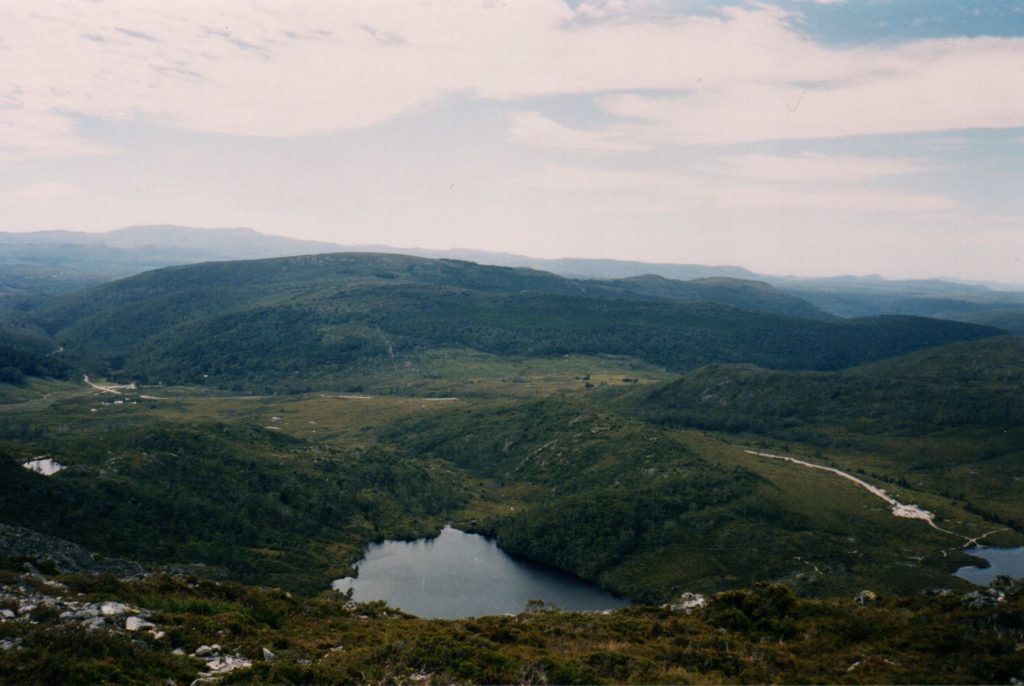
The Cradle Mountain Walk or The Overland Track is a walk in Tasmania that runs from Cradle mountain in the north west of Tasmania to Lake St Clair further south. The length of the walk is around 90-100 kilometres. It is a wonderful walk that cuts through some amazing scenery – the entire area is World-Heritage listed – with forests, plateaux and trees that look as though they have been around for hundreds of years. Much of the track is on board-walks (to preserve the environment).
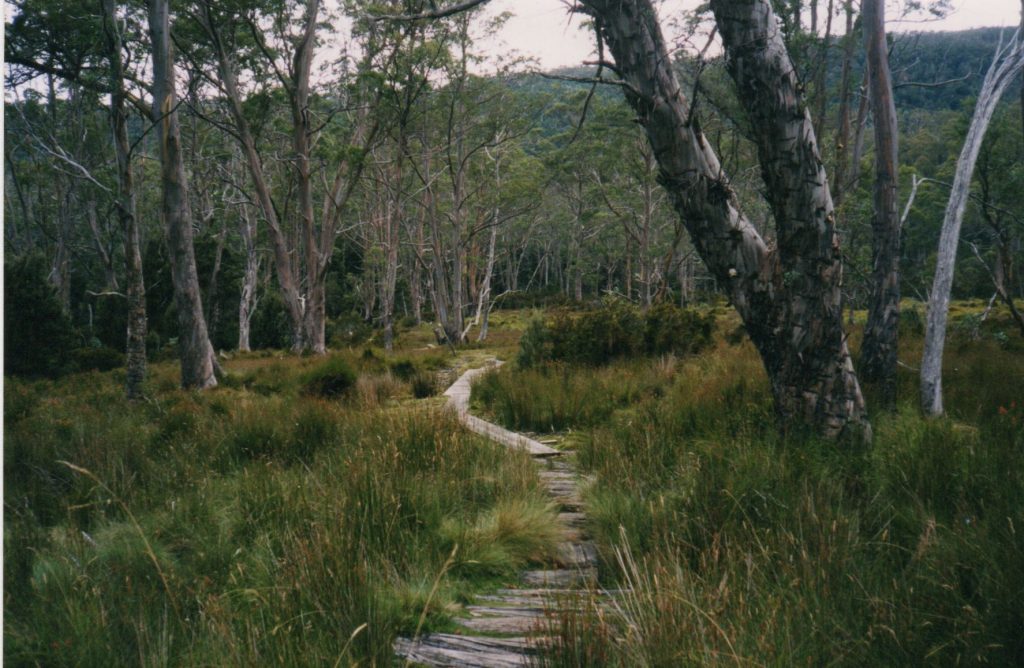
When we did the walk, shortly after the turn of the century, most of the walkers we met were independent walkers, carrying their own tents and food. Over the past decade and a half the walk has become extremely commercial with several companies providing accommodation, food and guides for a fairly hefty fee. Whether this is a good idea or not depends on one’s perspective. On the positive side it allows people who would baulk at doing a long-distance walk on their own to experience nature at first hand. On the negative side it goes against what long-distance walking is all about – isolation, challenge and a feeling of being totally part of the environment.
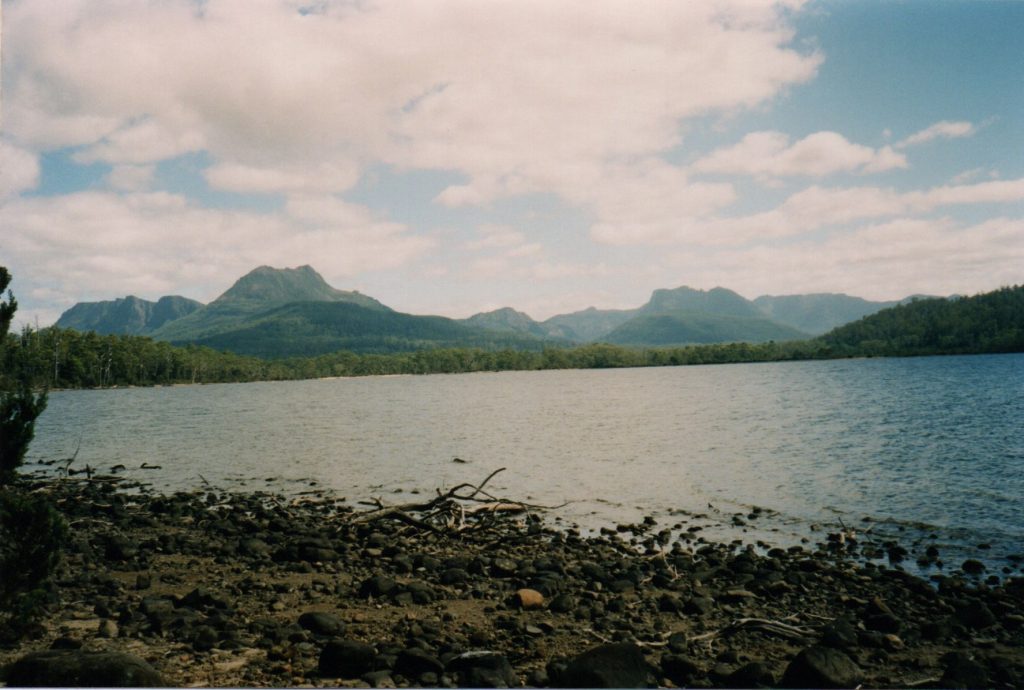
I am happy that we did the walk before it became so commercial, but I am certain, no matter how it is walked, it will always be a wonderful experience.